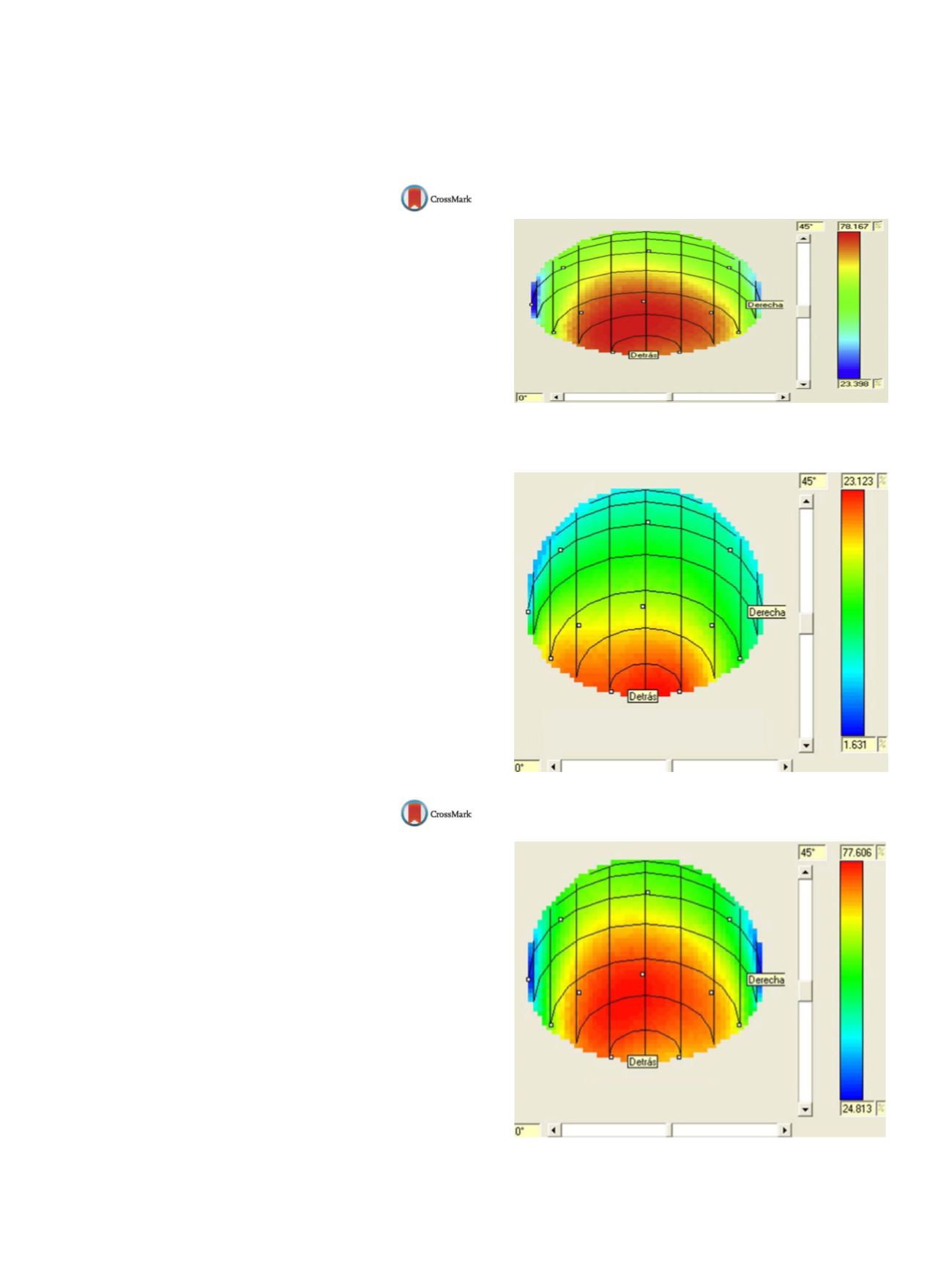

25th European Congress of Psychiatry / European Psychiatry 41S (2017) S583–S644
S637
Disclosure of interest
The authors have not supplied their decla-
ration of competing interest.
http://dx.doi.org/10.1016/j.eurpsy.2017.01.1046EV0717
The biology of cognitive behavior
therapy
H. Ramy
Egyptian Association of Cognitive Behavior Therapy, Psychotherapy,
Cairo, Egypt
Cognitive behavior therapy outcomes and the mechanism of
change that are related to its effects have traditionally been
investigated on the psychological abilities, personalities or social
functioning. Many psychiatrists have also held the unfortunate
dichotomized position that psychotherapy is a treatment for “psy-
chologically based” disorders, while medication is for “biologically
based” disorders. During the past several decades, it has become
clear that all mental processes drive frommechanisms of the brain.
This means that any change in our psychologically processes is
reflected by changes in the functions or structures of the brain.
Straightforward reductionist stances, however, are unfounded
because there is clear evidence that our subjective experiences
affect the brain. Plastic changes in the brain have been difficult to
study in humans, but there has been more than one successful trial.
Changes in the brain in relation to experience have been detected
at the cellular and molecular level using different experimental
approaches. The advent of functional neuro-imaging, including
photon emission CT (SPECT), positron emission topography, and
functional MRI, has made it possible to study changes at the brain
systems level (by measuring changes in the brain blood flow or
metabolism) associated with cognitive behavior changes. The pre-
sentation will shed light on the biological basis of CBT reviewing
the evidence from a historical perspective. In addition the imaging
studies will be reviewed with emphasis on future perspectives in
the use of CBT in the treatment of various psychiatric disorders and
the importance of clarifying the biological changes associated with
improvement.
Disclosure of interest
The authors have not supplied their decla-
ration of competing interest.
http://dx.doi.org/10.1016/j.eurpsy.2017.01.1047EV0718
Comparative study of the frontal EGG
activity after superficial
neuro-stimulation application,
mindfulness and other attentional
techniques
P. Rico
1 ,∗
, P. Aranguren
21
Professor of Psychiatrist European University – Madrid, Psychiatry
and mental health Getafe’s Hospital, Madrid, Spain
2
Universidad Complutense de Madrid, Clinical, Madrid, Spain
∗
Corresponding author.
Introduction
Changes in the electrical cerebral activity, espe-
cially in frontotemporal regions, have been described after using
the Superficial Neurostimulation Application (SNSA) in upper and
lower limbs. The use of this technique is associated with emotional
equilibrium and predisposition for a positive mood. Its application
clinically improves hostility and anxiety symptoms.
Aims
To compare the electrical changes observed after the use of
SNSA with other techniques of mental concentration: Mindfulness
(mental attention without judgment) and a technique based on the
emission of a sound.
Materials and methods
SNSA topology system: uses electricity
through superficial electrodes placed on feet and hands and an
electrode over the 7th cervical vertebra; Digital encephalogram;
Faraday cage.
Results
Mindfulness and SNSA techniques show similarities
regarding the alpha rhythm’s frequency in frontal regions
( Figs. 1 and 2 )compared to a different mental concentration tech-
nique
( Fig. 3 ).Conclusion
Further analysis would be required.
Fig. 1
Alpha rhythm post-training 1.
Fig. 2
Post - SNSA.
Fig. 3
Alpha rhythm post-training 2.


















